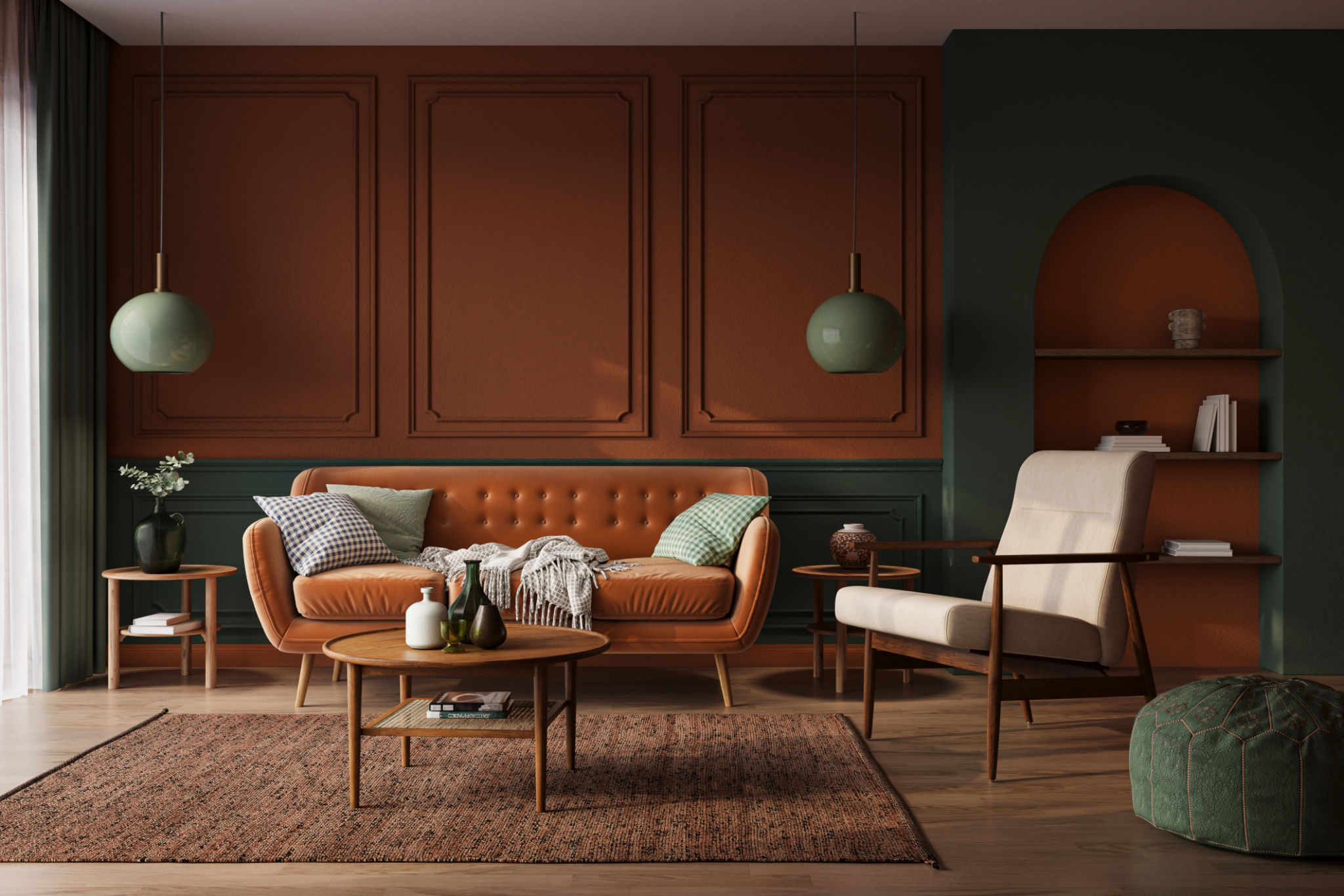Comparing Traditional vs. Modern Design Styles
Understanding Traditional Design Styles
Traditional design styles have a rich history and are often characterized by classic elements that have stood the test of time. These styles draw inspiration from various cultures and historical periods, often featuring intricate details, warm color palettes, and luxurious materials. Homes with traditional design elements may include features like crown moldings, antique furnishings, and patterned fabrics.
One of the key aspects of traditional design is its emphasis on symmetry and balance. Furniture is often arranged in a way that promotes harmony and proportion within the space. This style often employs rich woods, such as mahogany or cherry, and incorporates textures like velvet or silk to add depth and interest.

The Appeal of Traditional Design
For many, traditional design offers a sense of nostalgia and comfort. It evokes a feeling of permanence and stability, often reminiscent of family heirlooms and cherished memories. This style is perfect for those who appreciate history and craftsmanship, as it celebrates the artistry and skills passed down through generations.
Exploring Modern Design Styles
In contrast, modern design styles prioritize simplicity, functionality, and innovation. Originating in the early to mid-20th century, modern design embraces clean lines, open spaces, and minimalism. This style often uses neutral color palettes with bold accents to create a sleek and uncluttered look.
Modern design frequently incorporates new materials and technologies, such as glass, steel, and concrete. It focuses on creating spaces that are both aesthetically pleasing and highly functional. Furniture in modern interiors is often streamlined and multi-purpose, emphasizing efficiency and ease of use.

The Benefits of Modern Design
Modern design appeals to those who value clarity and organization. Its minimalist approach can make spaces feel larger and more open, reducing visual clutter and promoting a sense of calm. Additionally, modern design is often adaptable, allowing homeowners to easily update their spaces with changing trends.
Balancing Traditional and Modern Elements
Many homeowners today are choosing to blend traditional and modern design elements to create unique and personalized spaces. This approach allows for the warmth and richness of traditional styles to coexist with the clean lines and functionality of modern design.
Here are some tips for successfully combining these styles:
- Mix materials: Combine traditional materials like wood with modern elements like metal or glass.
- Layer textures: Use a mix of textures to add depth, such as pairing a velvet sofa with a sleek metal coffee table.
- Balance color: Incorporate a neutral base with pops of color for contrast.

Conclusion
The decision between traditional and modern design styles ultimately depends on personal preference and lifestyle. Traditional styles offer timeless elegance and comfort, while modern styles provide simplicity and innovation. By understanding the characteristics of each, homeowners can make informed choices that reflect their tastes and create spaces they love.
